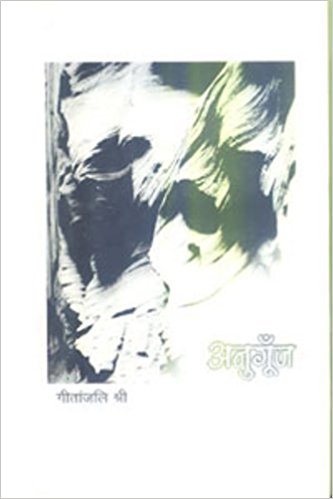As the Hindi short story spills beyond its patriarchal enclosures, rebellious fervour gives way to a self-reflexive and intellectually calibrated mode of storytelling. There are no easy passionate outbursts or relentless bouts of ideological sloganeering. The young breed of woman Hindi writers, particularly of the 90s, sustain the credo of protest set into motion by an earlier generation of writers, through a critical resurrection of the issues that were once thought to have been sufficiently clinched in favour of the woman. Old denouements inspire new dialogic take-offs.
December 2006, volume 30, No 12

